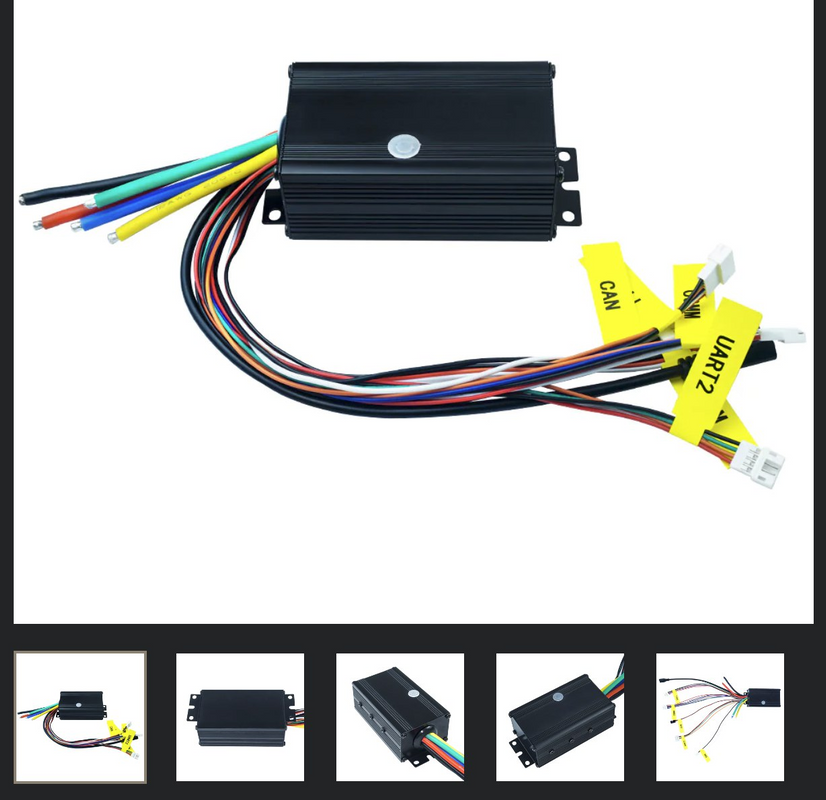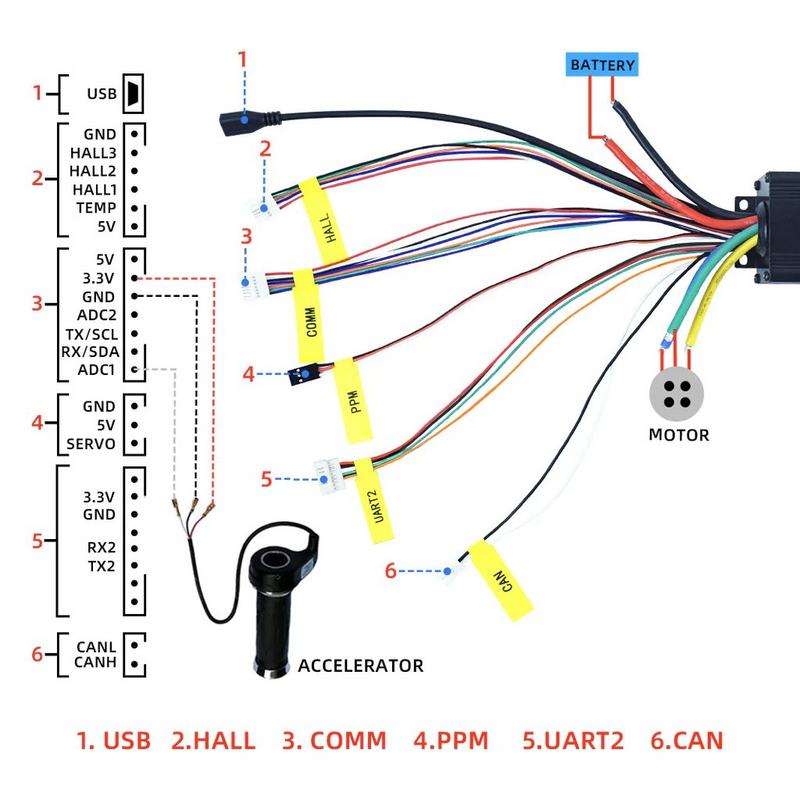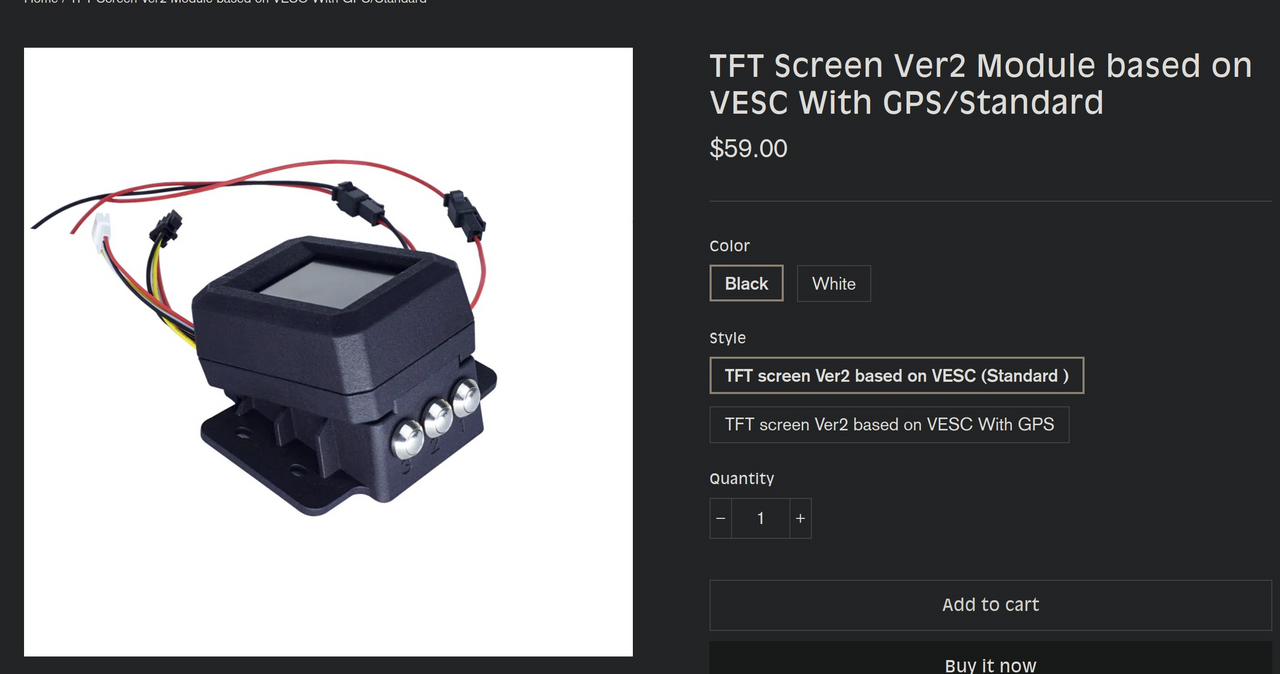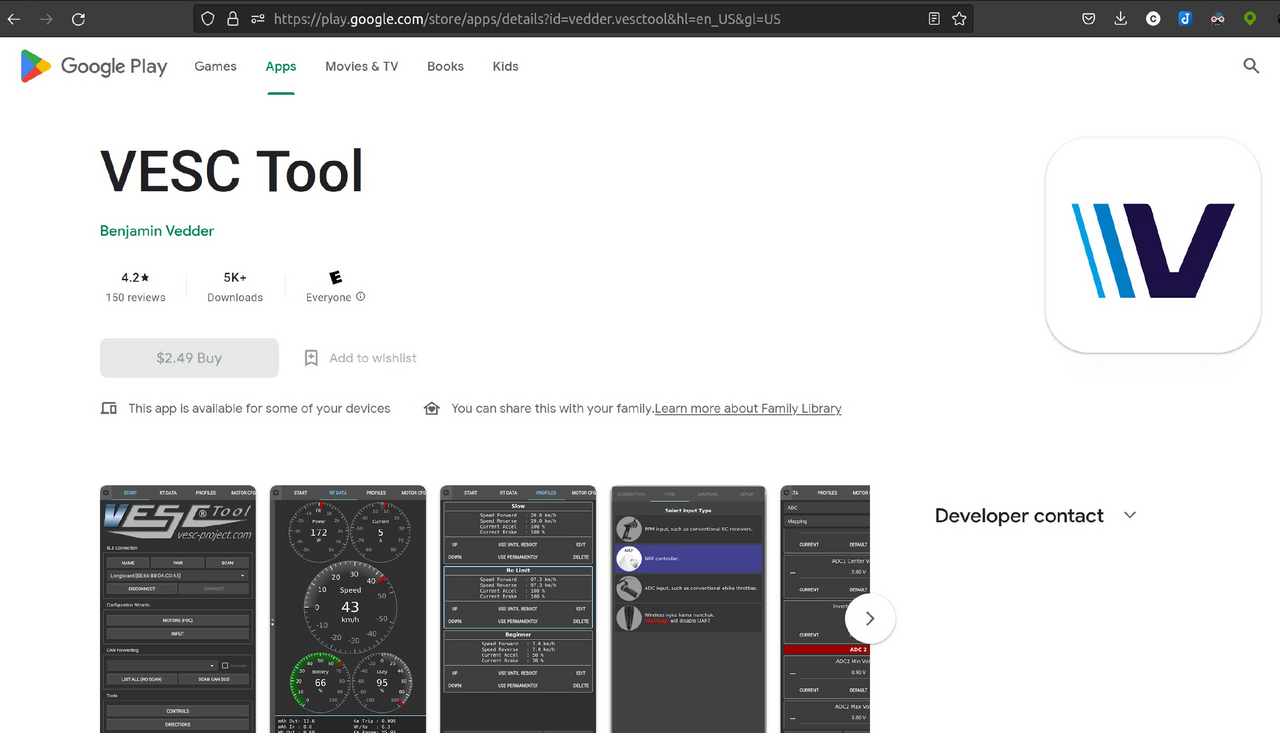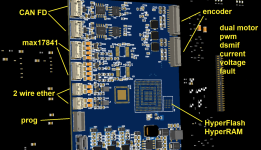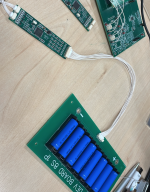afzal
100 W
casainho said:Would you mind to put your files on https://github.com/OpenSourceEBike organization? and I would consider this version the latest version of hardware and the previous one was a step to get to this point.
No problem, how should I proceed ?
I would like to have it reviewed as well.
Gerbers easy to compare with the ones generated by EasyEDA is attached. Also the BOM and pick & place suitable for JLCPCB assembly, components not part of SMT assembly has been excluded from it. These has been not pushed to repo as git has been instructed to ignore some of the generated files.
casainho said:And do you plan to assembly and test the board?
I was undecided, most probably going to do it.
casainho said:Then you could also put some notes / document on https://opensourceebike.github.io/, writing a specific page(s) for this hardware.
Okay
casainho said:I am sorry but I can not help on the firmware side. I am being to busy on my life.
No issues, I can handle the firmware for myself. I believe there are a few suitable firmware's already available in public.
I had been in the works of a similar hardware architecture for selfish reasons



